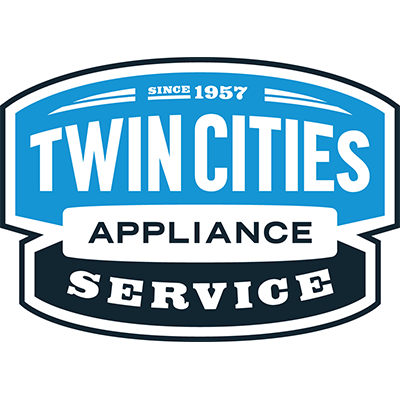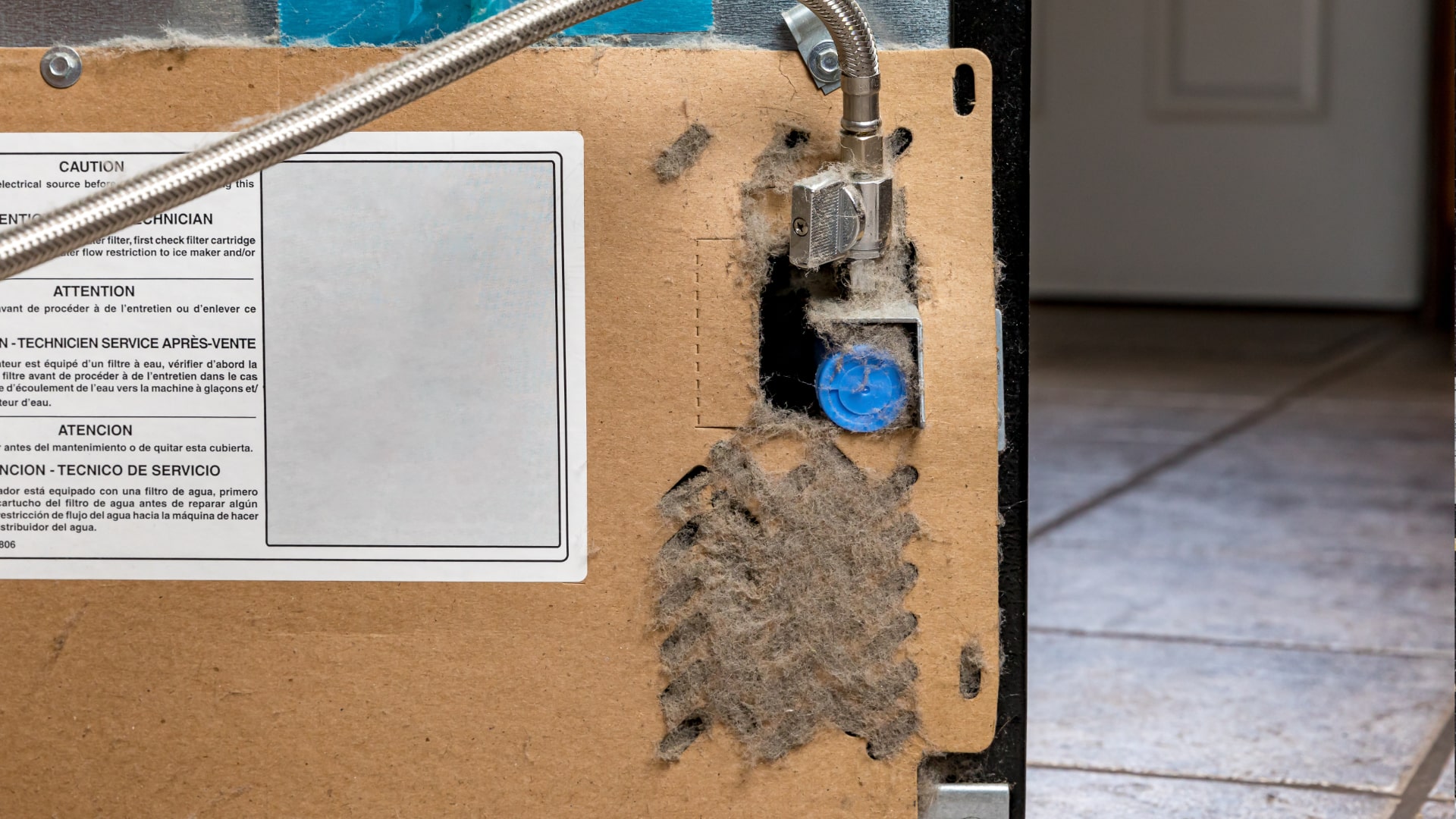
It can be frustrating and stressful when your refrigerator is not working correctly as this can lead to food spoilage. Luckily, you can take several steps that allow you to identify the problem and solve it so that your KitchenAid refrigerator is working once again. Read on to find out what to do.
This guide refers to all major models of KitchenAid refrigerators, including:
4KFRF19MTW00
4KSRF22DTW00
4KSRF36DTX1
4KSRF36DTX2
4KSRF42DTX2
4KSRS22QAA01
KBFS20EVMS13
KBFS22EWMS9
KFCS22EVMS4
KFCS22EVMS8
KRFC300ESS01
KRFC302ESS00
KRMF706ESS00
KRMF706ESS01
KRSC503ESS00
KRSF505ESS00
KSC24C8EYY02
KSCS25FKSS02
KSCS25INSS00
KSCS25INSS01
KSF26C4XYY03
The temperature is set too high
Before moving on to more complicated issues, it is a good idea to check the temperature setting. A refrigerator should ideally be set to 37° Fahrenheit for optimal cooling. If someone in your household changed the thermostat, this could be to blame for your refrigerator suddenly not cooling.
Faulty thermostat
If your thermostat is set to the correct temperature, the next step to take is to check whether the thermostat itself is functional.
To check your thermostat:
- Make sure your refrigerator’s power is turned off.
- Find the thermostat that controls the temperature (check your user manual if you are unsure of its location).
- See if you can manually change the thermostat from its lowest to highest position. You should hear a clicking sound as it moves to the higher settings.
- If you cannot hear a click, you can also test the thermostat with a multimeter to see if it has continuity.
- Replace the thermostat if it fails the test. You can order a new part from KitchenAid.
- Verify that your refrigerator is now cooling properly after installing the new thermostat.
Overcrowded refrigerator
An overcrowded refrigerator can block airflow and cause your refrigerator to stop cooling properly. If you are having issues with your refrigerator not cooling and you routinely overstock your refrigerator, try cleaning it out to see if this solves your issue. You should make sure to keep the vents and fans clear and allow space for airflow on all the shelves.
If overcrowding was your issue, you will find that the refrigerator cools properly once it is no longer crowded. If it is still not cooling, move on to the next step of the guide.
Faulty door seals
The gasket on your refrigerator door is what keeps the cold air inside and warm air outside. Every time you close the door, if it does not entirely seal, cool air will escape, raising the temperature of your refrigerator.
In order to test the door seals:
- Place a piece of paper flat on the gasket of your refrigerator door and shut it.
- Next, pull on the paper. The seals need to be replaced if you feel little to no resistance when attempting to remove the paper from the door.
- Make certain to test various locations along the seal.
If your seal is loose, you can order a replacement part from KitchenAid.
Dirty condenser coils
Condenser coil issues are another typical cause of a KitchenAid refrigerator not cooling. Condenser coils in the back of your refrigerator aid in keeping it cool. If they become too dusty or dirty, they will be unable to do their job.
Here’s how to inspect and clean the condenser coils if necessary:
- Make sure your refrigerator’s power is turned off and pull your refrigerator away from the wall.
- Find the coils for the condenser. They are sometimes behind a panel that will need to be removed with a screwdriver.
- Keep your refrigerator disconnected from the power if the condenser coils are covered in ice so they can defrost.
- Give the coils a thorough cleaning if they are coated in dust.
- Turn your refrigerator back on to see if the issue has been resolved.
Faulty fans
Your KitchenAid refrigerator has two fans that assist in cooling, the evaporator fan and the condenser fan. A problem with either one of these can mean your refrigerator cannot cool as it is supposed to.
Check the condenser fan
- To reach the condenser fan on your refrigerator, turn off the electricity and pull the refrigerator away from the wall.
- Find the condenser fan. (If you are unsure of its location, see your user manual.)
- Once you have located the fan, remove the cover and attempt to manually rotate it 360 degrees. Check if anything is blocking the fan if it cannot be rotated completely.
- The fan motor should then be checked for continuity using a multimeter. The motor needs to be replaced if it is broken. The fan is functioning if the blades can rotate freely and the motor passes the multimeter test.
Check the evaporator fan
- Locate the fan in the freezer after turning off the power to your refrigerator.
- Remove the fan’s cover and see if you can manually rotate the blades 360 degrees without any interference.
- Remove obstructions from the fan if you find any.
- Next, check the evaporator fan motor for continuity using your multimeter. If the test is successful, that is not the source of the issue. If the test fails, you need to order a replacement part.
Faulty start relay
The start relay is the next element you need to examine.
Here is how to determine whether it is broken:
- Make sure to shut off the refrigerator.
- Track down the start relay. A burnt odor indicates that the start relay is probably broken and has to be replaced. Check for continuity with a multimeter if you do not detect a burnt smell. The check should be performed between the run and start terminal sockets.
- You need to replace the start relay if the continuity test fails.
Other causes
If you have been through our guide and not found the cause of your KitchenAid refrigerator not cooling, the issue may be a faulty compressor or a fault with the main control board. In almost all cases it is more cost-effective to replace the refrigerator than to replace these parts due to the high cost and the hours of labor involved. Here is how to determine the correct issue:
- You can determine if your compressor is faulty by testing it with a multimeter. If it lacks continuity, it is not working.
- An issue with the main control board is diagnosed through a process of elimination; if you have ruled out every other issue as the cause of your refrigerator not cooling, then it must be a faulty control board.
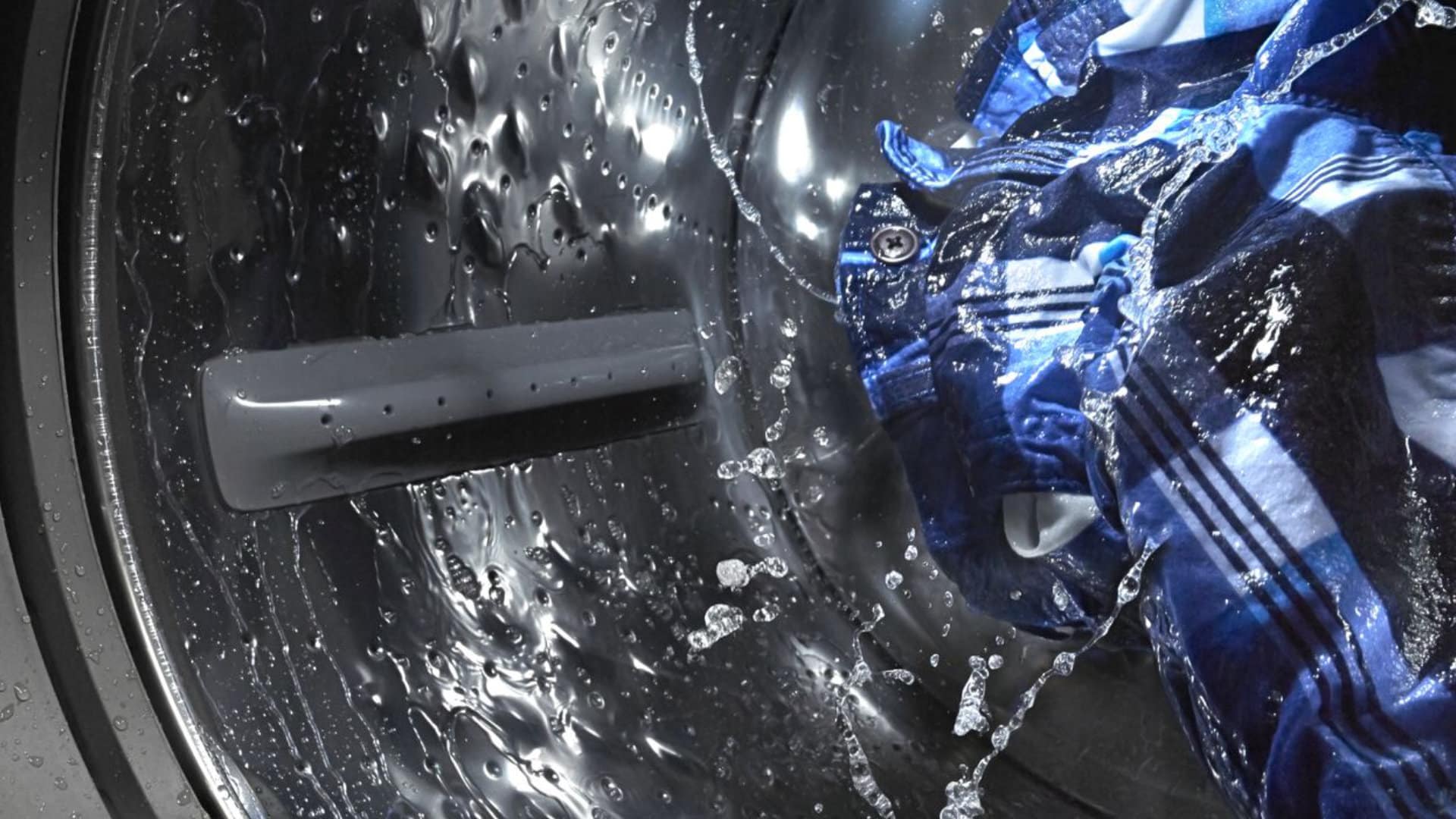
How to Fix the Whirlpool Washer F5 E3 Error Code
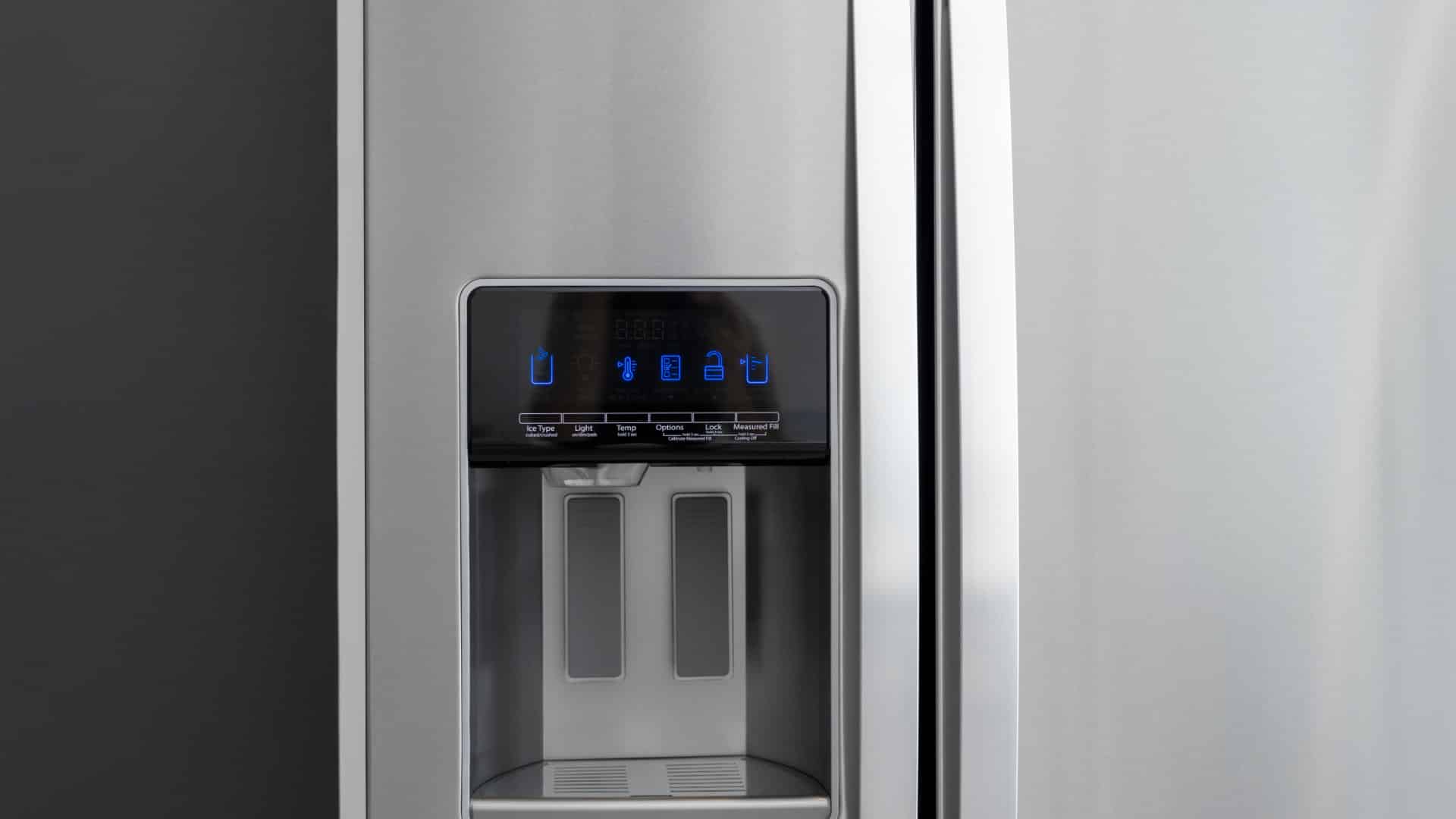
10 Steps to Clean Your Fridge Water Dispenser
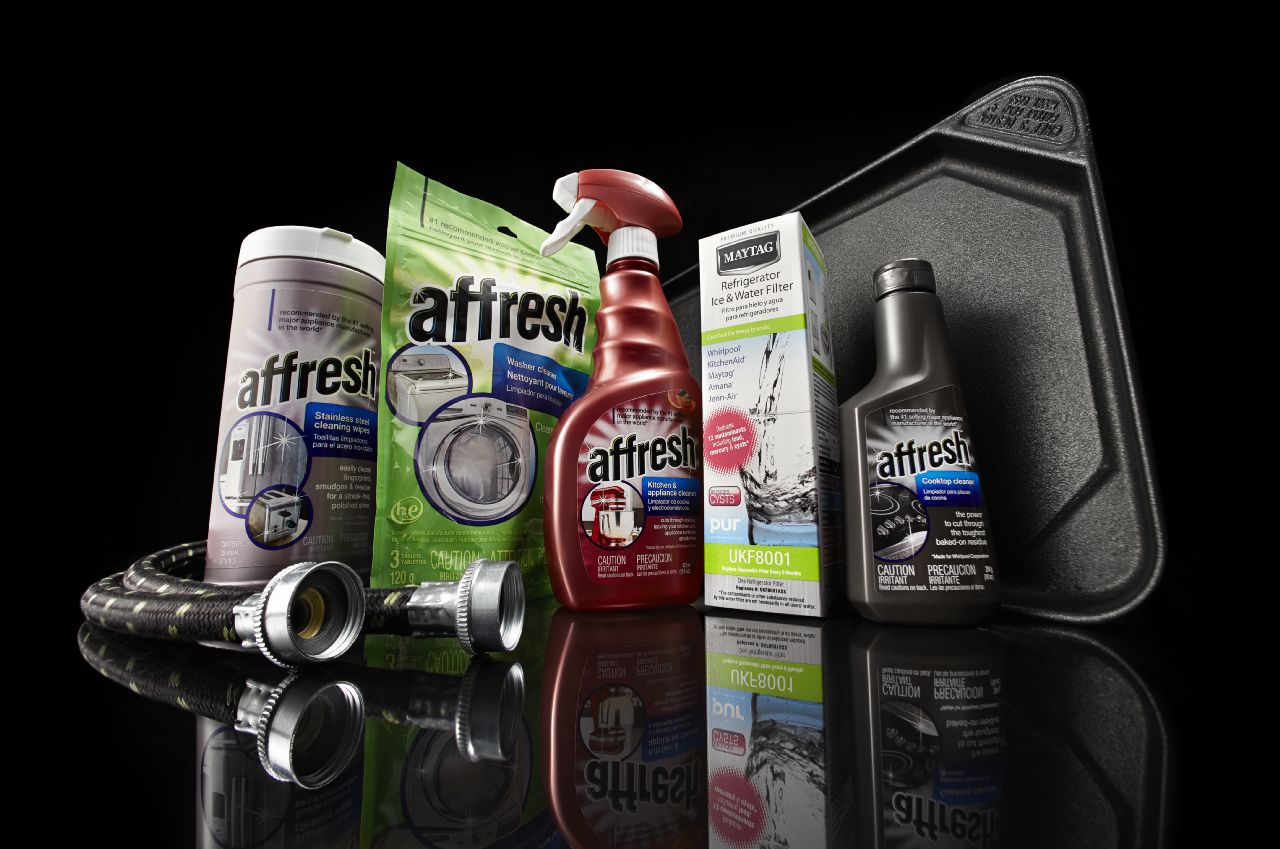
How to Replace a Whirlpool Refrigerator Water Filter
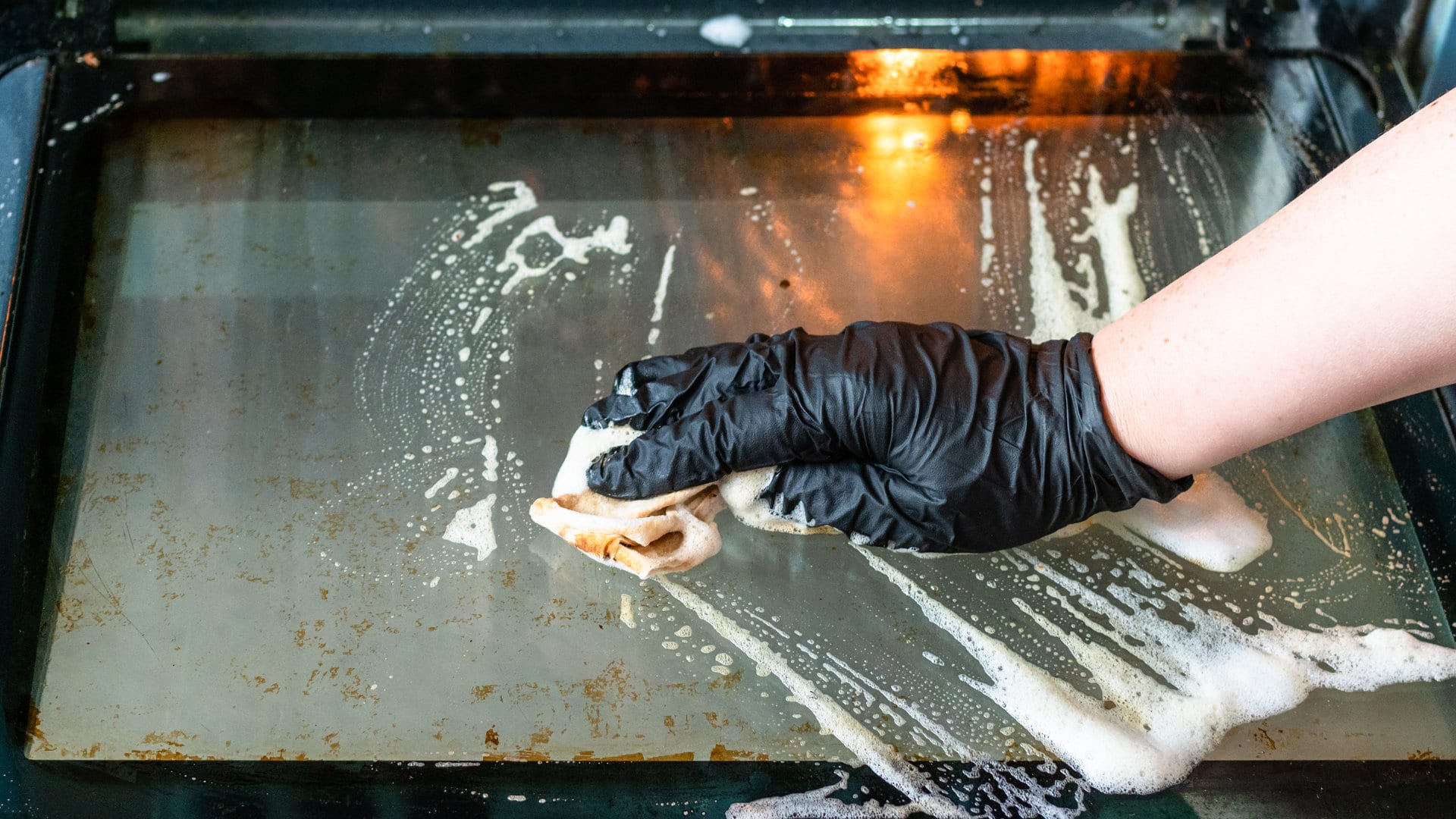
How to Clean an Oven Glass Door (3 Easy Methods)
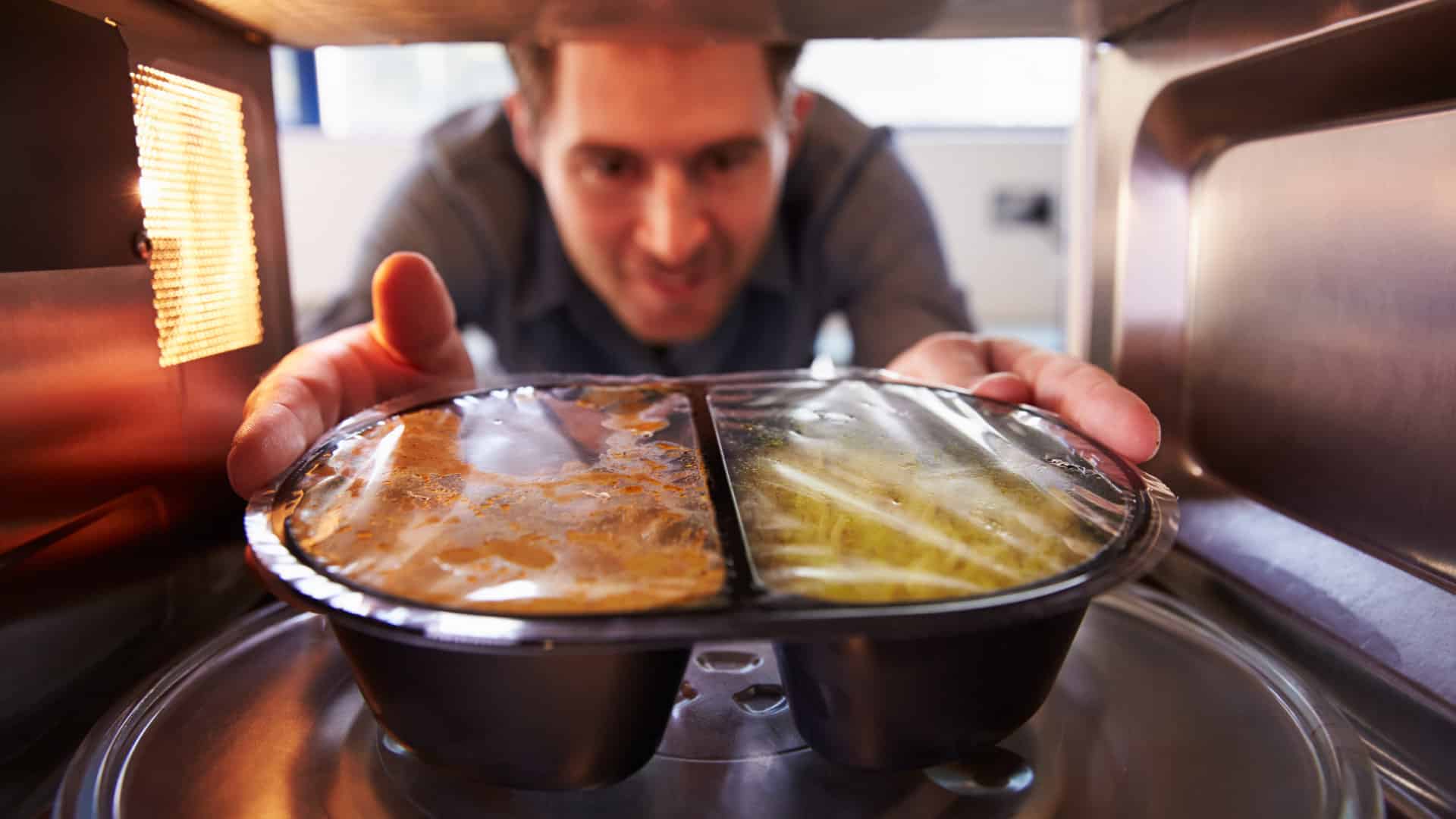
Why Your Microwave Plate Is Not Spinning
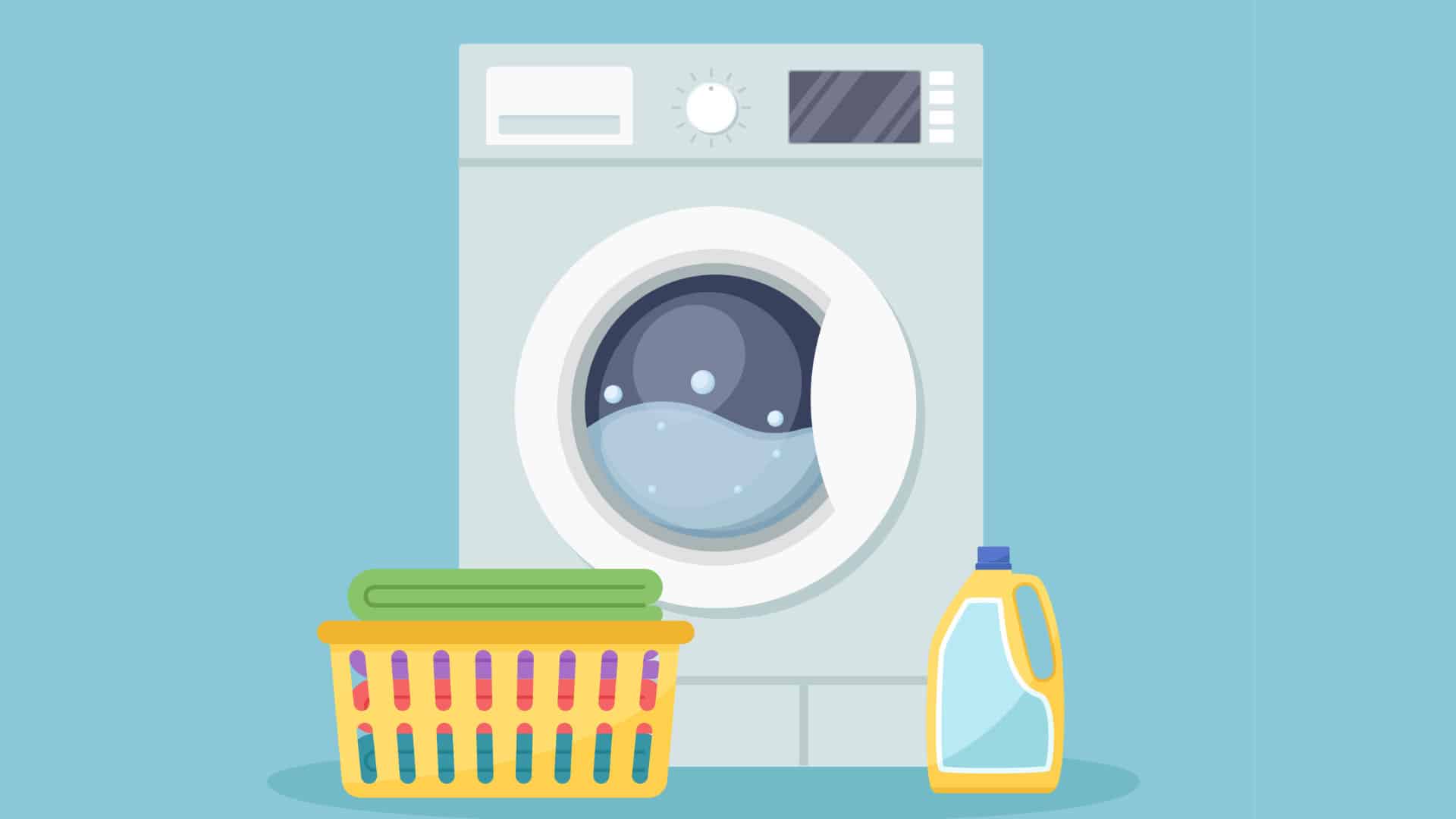
Washer Spin Cycle Not Working? Here’s Why

How to Fix a Slow Ice Maker
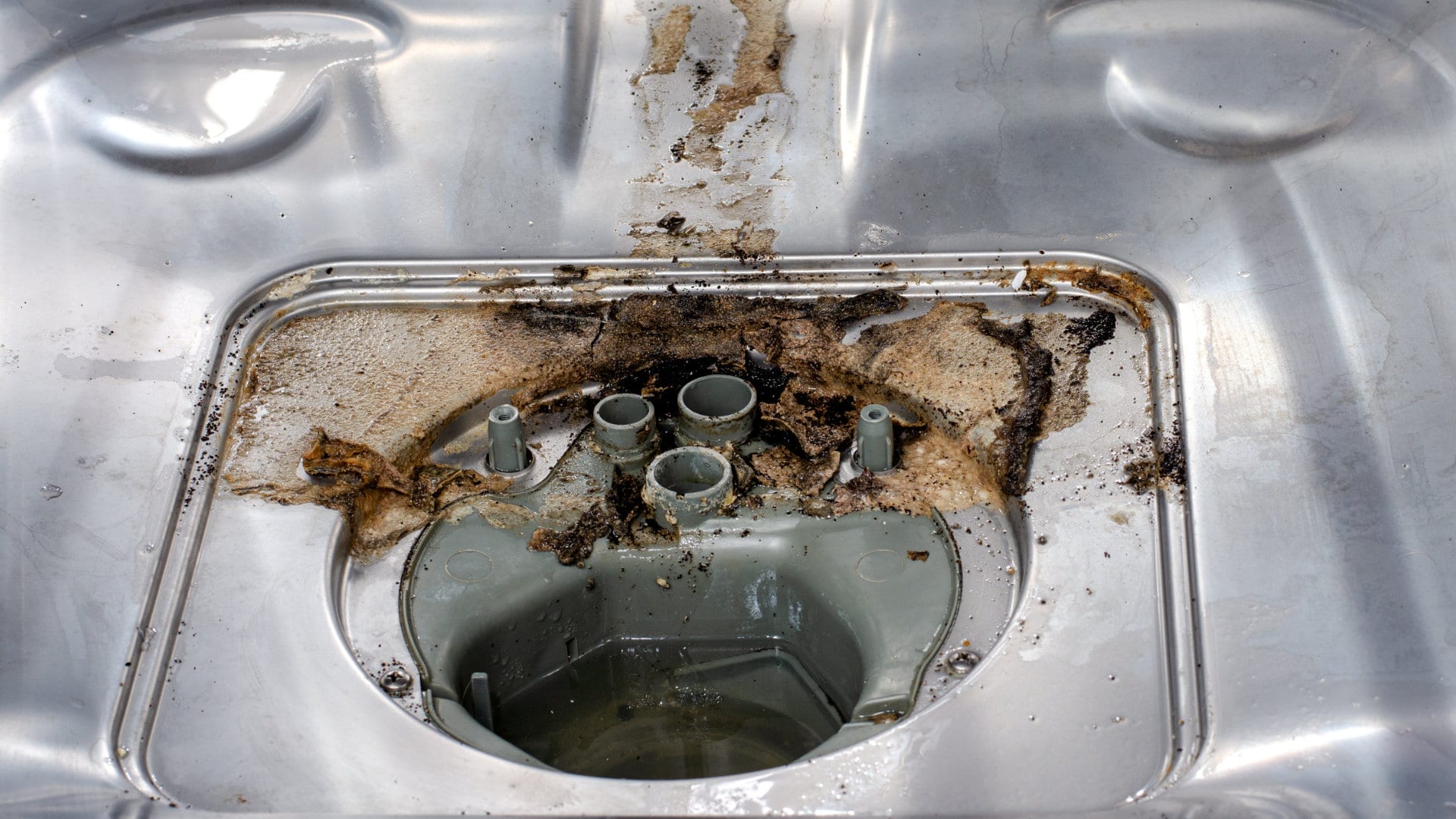
Why Does My Dishwasher Smell like Sewage?
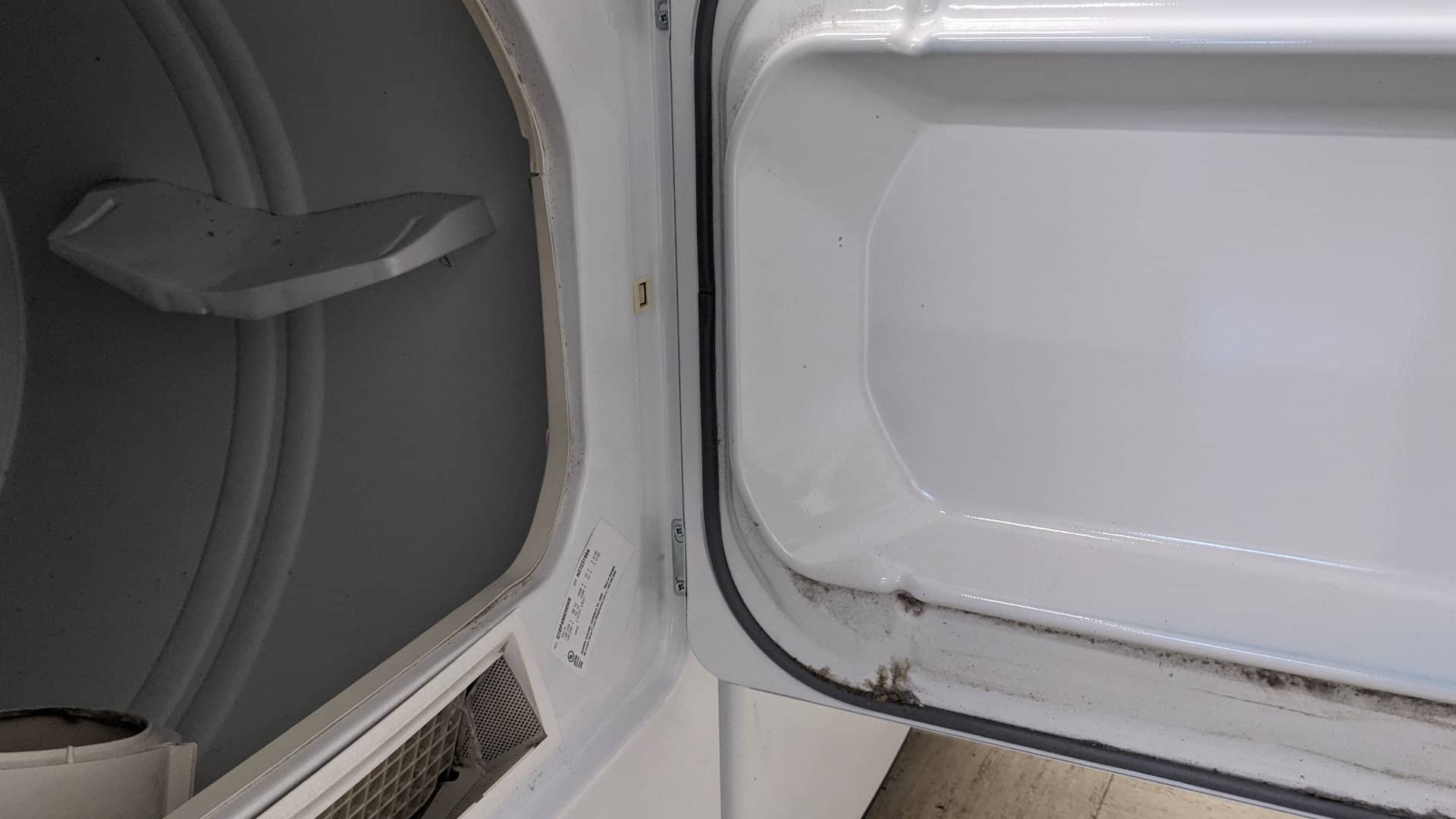
What Causes a Dryer to Overheat? (and How to Fix It)


